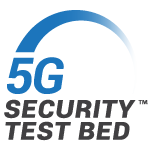5G has strong security protections built into it from the ground-up, making it the most secure generation of wireless ever. For years, industry has demonstrated a longstanding commitment to enhancing protections from cyberattacks, including through participation in various federal advisory committees, and as members of CTIA’s Cybersecurity Working Group (CSWG).
Numerous government groups, such as the FCC’s Communications Security, Reliability, and Interoperability Council (CSRIC); the National Institute of Standards and Technology (NIST); the Department of Homeland Security’s AEP Working Group; the National Cyber Center of Excellence (NCCoE); and others are focused on understanding and assessing the 5G landscape, including through laboratory testing and 5G security recommendations for industry.
The 5G STB provides these groups, as well as the wireless and technology industries, with a real-world environment to test recommendations and security solutions.
The 5G Security Test Bed evaluates use cases leveraging an actual 5G network architecture built from a significant investment and in-kind contributions in state-of-the-art equipment. The 5G STB conducts real-world tests in a rigorous, transparent, and replicable manner to serve as a credible balance to theoretical scenarios, policy speculations, and lab-constrained tests. The test bed:
- Leverages the expertise of wireless providers, equipment manufacturers, academia, and government experts to develop equipment and evaluate use cases.
- Tests recommendations from the FCC’s CSRIC advisory body for standalone and non-standalone network environments.
- Uses the same network equipment that national U.S. carriers use to deliver current 5G services, including both the 5G core and radio network.
- Conducts testing in Faraday cages, ensuring the test bed will not interfere with commercial operations.
- Is governed by industry leaders and guided by government priorities.
The 5G Security Test Bed focuses on security use cases driven by operator priorities and government recommendations. Its framework is built using existence-proof equipment to test use cases on both non-standalone (5G built over LTE core) and standalone (5G core) networks. The Test Bed is not structured to be a platform for identifying vulnerabilities or conducting penetration testing of networks or equipment.
The 5G Security Test Bed is focused on FCC CSRIC recommendations for 5G security, testing 5G non-standalone use cases initially and transitioning to 5G standalone use cases.
The 5G Security Test Bed initially deployed a 4G core, installed and integrated an Ericsson RAN, and deployed 5G core later in 2022. The Test Bed includes 5G user equipment (such as smartphones), as well as measurement and monitoring tools for testing.
The 5G Security Test Bed is housed at a secure lab facility at the University of Maryland, while the 5G core network is hosted at MITRE’s lab in Northern Virginia.
The 5G Security Test Bed’s founding members consist of wireless providers, telecom and tech industry members, and academia, in addition to collaboration with federal entities such as FCC and DoD telecom and cybersecurity working groups.
Any entity, organization, group, company, researcher, or academic institution interested in providing their expertise in the testing process, investing in facilities and equipment, or testing their own equipment, networks, or hypotheses are encouraged to contact the Test Bed.
Interested parties can join the Test Bed by reviewing and agreeing to the Founding Member Terms of Use (TOU) and paying the annual membership fees. New members can then participate in the Technical Advisory Committee (TAC), join other technical working groups, and advise on the Test Bed’s priorities and activities.
The 5G Security Test Bed welcomes participation from non-members, including companies, researchers, academic institutions, and other interested parties, to inquire about proposing use cases and using the Test Bed. Non-members may work with the 5G Security Test Bed to submit their use cases and products for testing to the Test Bed lab and work with the TAC to design suitable test cases. Participants will be required to sign a Test Participant Agreement and pay a fee, based on the scope of their participation.

